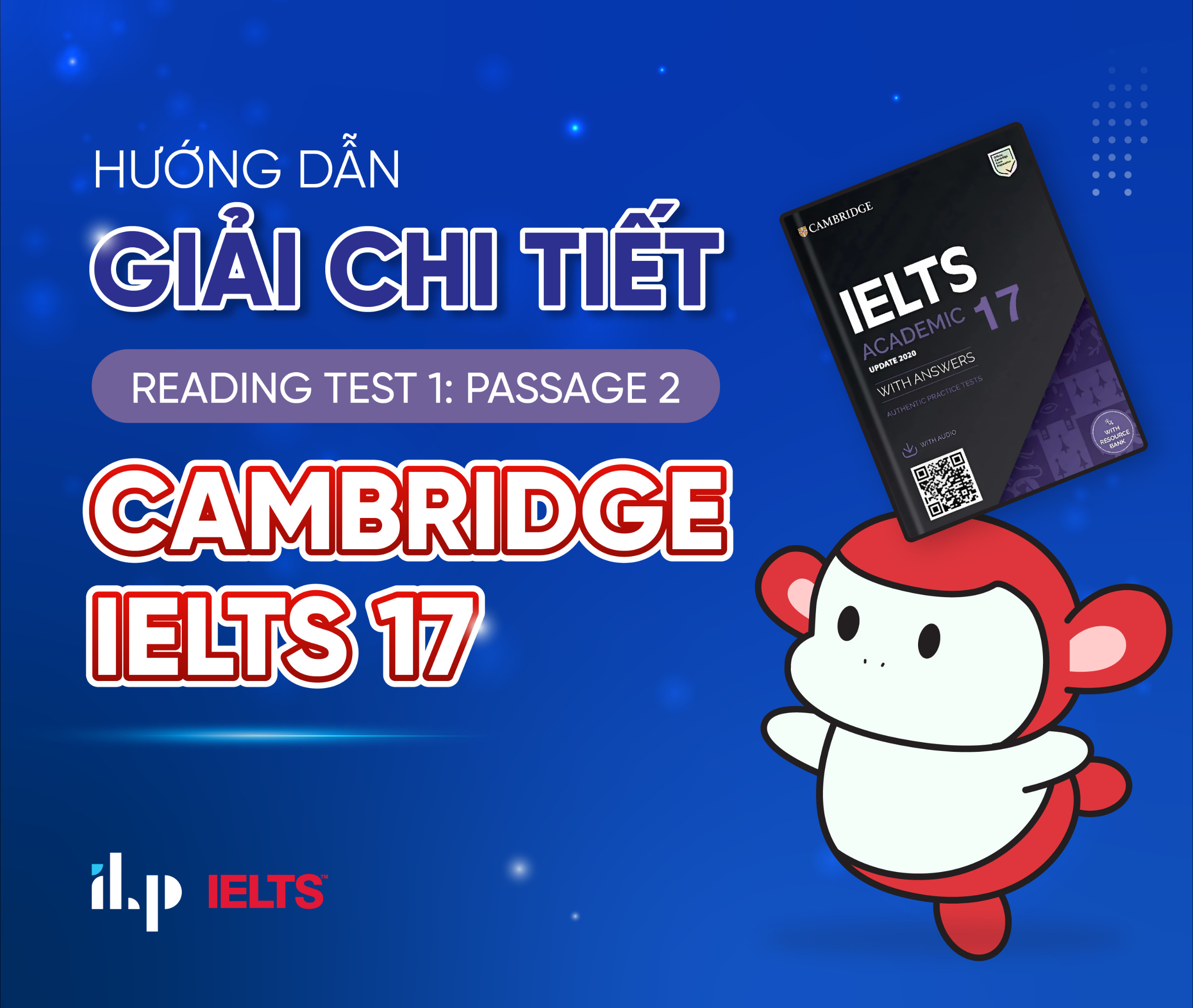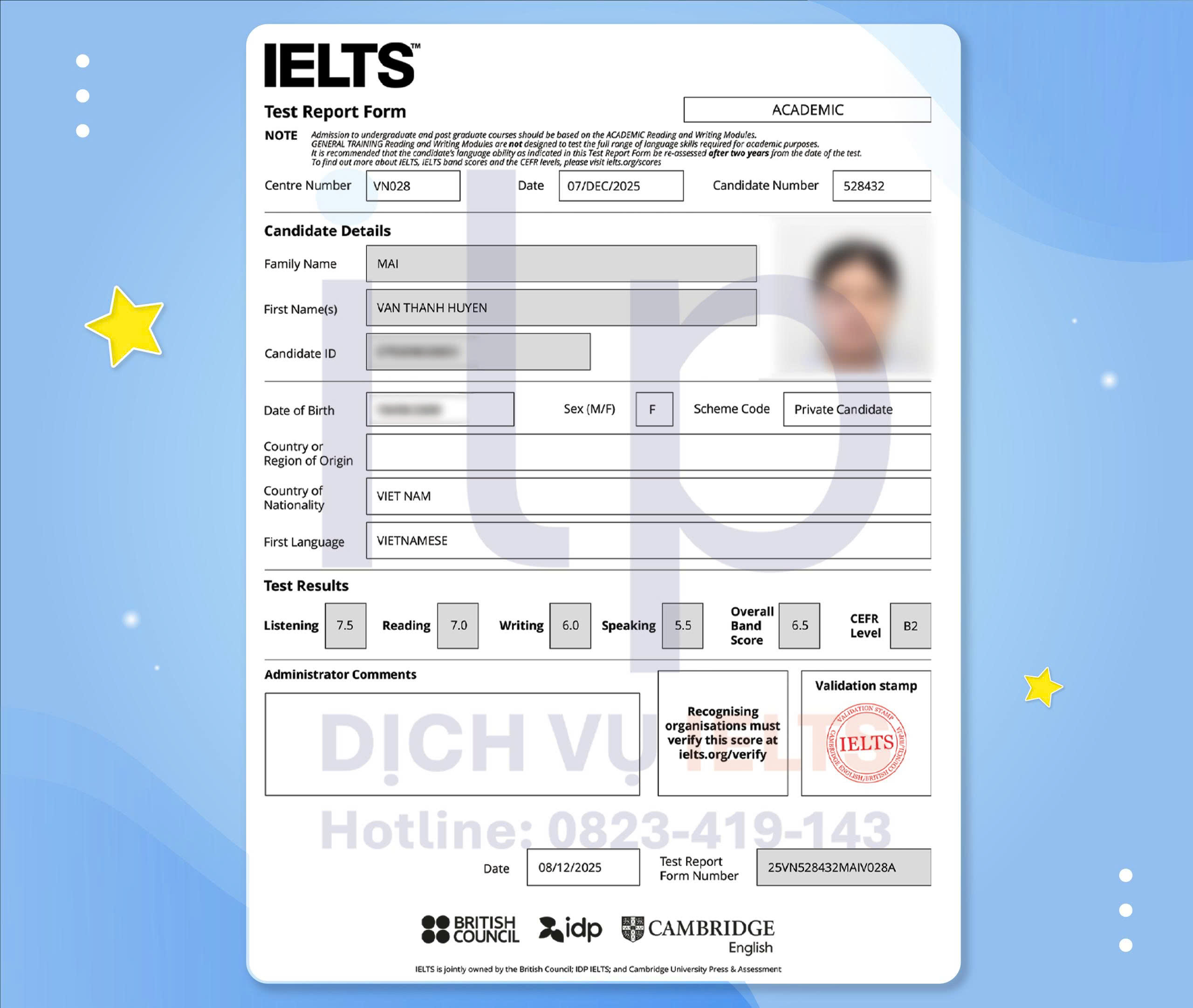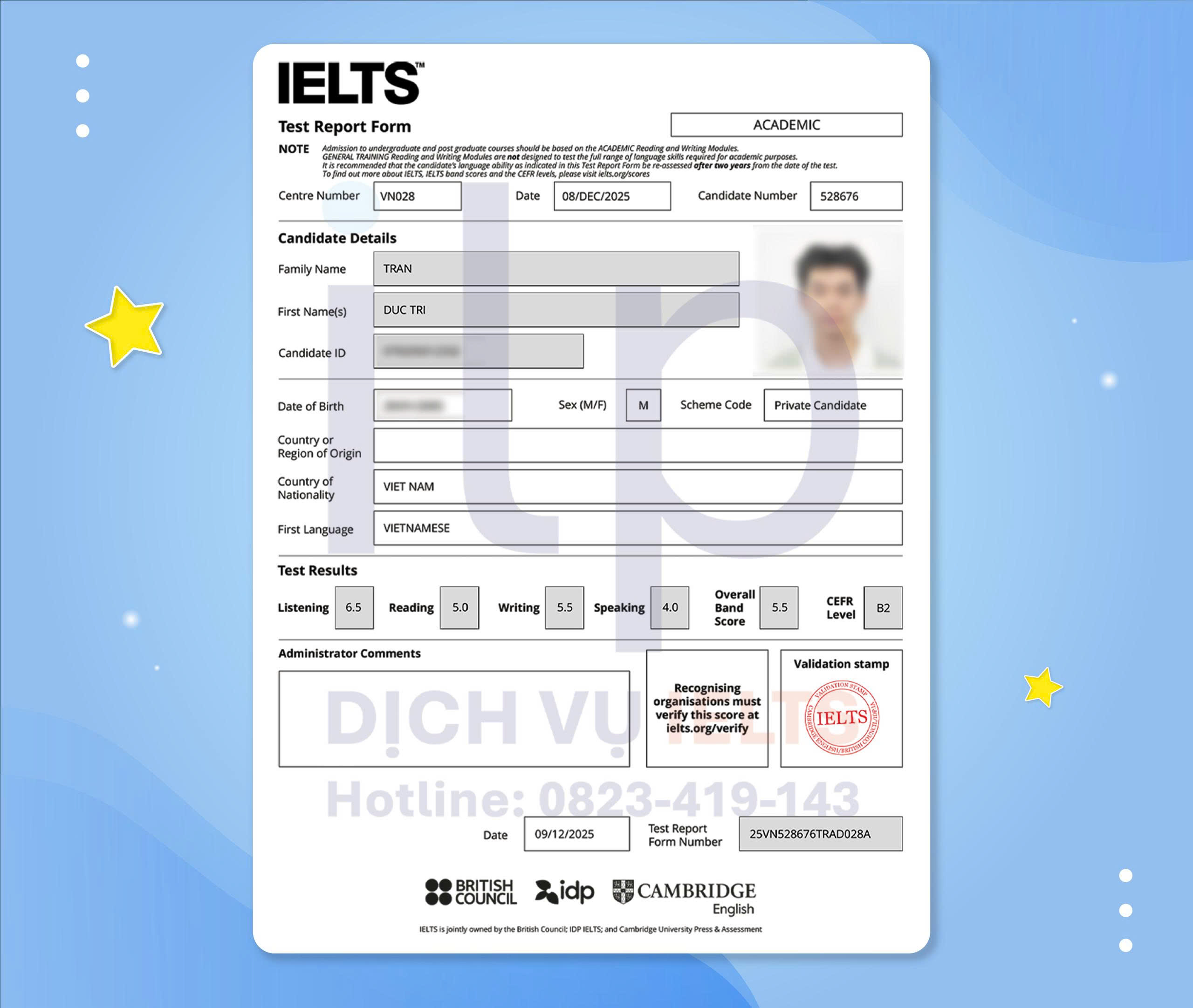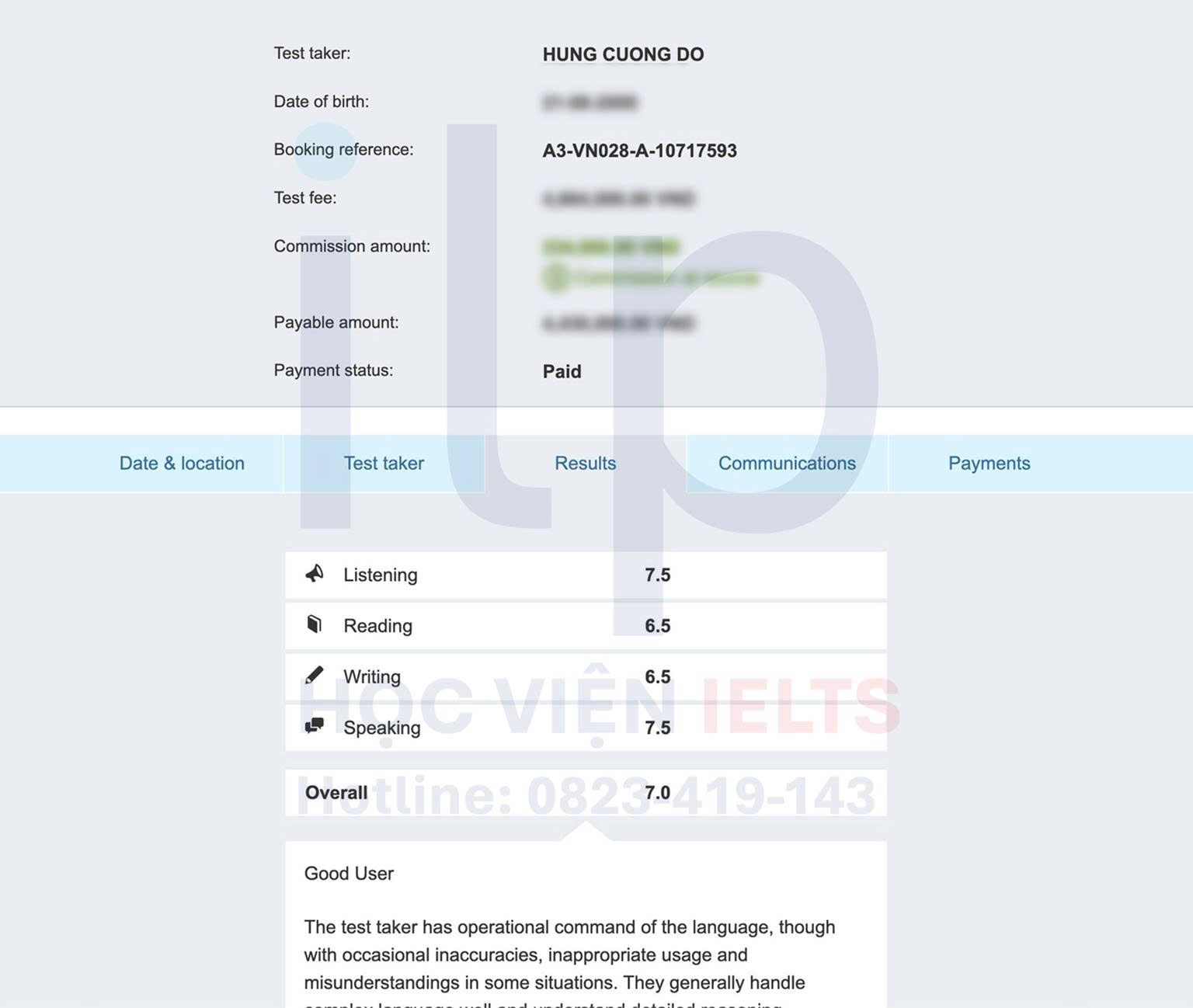HƯỚNG DẪN GIẢI CHI TIẾT READING TEST 1 CAMBRIDGE IELTS 17 – PASSAGE 2

Mục lục
Trong bài viết này, cùng xem qua lời giải chi tiết đề Reading Test 1 Cambridge IELTS 17: Passage 2. Ngoài ra, bên dưới cô có cung cấp bảng keyword, các bạn theo dõi và tham khảo nhé!
Stadiums: past, present and futureA Stadiums are among the oldest forms of urban architecture: vast stadiums where the public could watch sporting events were at the centre of western city life as far back as the ancient Greek and Roman Empires, well before the construction of the great medieval cathedrals and the grand 19th- and 20th-century railway stations which dominated urban skylines in later eras. Today, however, stadiums are regarded with growing skepticism. Construction costs can soar above £1 billion, and stadiums finished for major events such as the Olympic Games or the FIFA World Cup have notably fallen into disuse and disrepair. But this need not be the cause. History shows that stadiums can drive urban development and adapt to the culture of every age. Even today, architects and planners are finding new ways to adapt the mono-functional sports arenas which became emblematic of modernization during the 20th century. B The amphitheater of Arles in southwest France, with a capacity of 25,000 spectators, is perhaps the best example of just how versatile stadiums can be. Built by the Romans in 90 AD, it became a fortress with four towers after the fifth century, and was then transformed into a village containing more than 200 houses. With the growing interest in conservation during the 19th century, it was converted back into an arena for the staging of bullfights, thereby returning the structure to its original use as a venue for public spectacles. Another example is the imposing arena of Verona in northern Italy, with space for 30,000 spectators, which was built 60 years before the Arles amphitheater and 40 years before Rome’s famous Colosseum. It has endured the centuries and is currently considered one of the world’s prime sites for opera, thanks to its outstanding acoustics. C The area in the centre of the Italian town of Lucca, known as the Piazza dell’ Anfiteatro, is yet another impressive example of an amphitheater becoming absorbed into the fabric of the city. The site evolved in a similar way to Arles and was progressively filled with buildings from the Middle Ages until the 19th century, variously used as houses, a salt depot and a prison. But rather than reverting to an arena, it became a market square, designed by Romanticist architect Lorenzo Nottolini. Today, the ruins of the amphitheater remain embedded in the various shops and residences surrounding the public square. D There are many similarities between modern stadiums and the ancient amphitheatres intended for games. But some of the flexibility was lost at the beginning of the 20th century, as stadiums were developed using new products such as steel and reinforced concrete, and made use of bright lights for night-time matches. Many such stadiums are situated in suburban areas, designed for sporting use only and surrounded by parking lots. These factors mean that they may not be as accessible to the general public, require more energy to run and contribute to urban heat. E But many of today’s most innovative architects see scope for the stadium to help improve the city. Among the current strategies, two seem to be having particular success: the stadium as an urban hub, and as a power plant. There’s a growing trend for stadiums to be equipped with public spaces and services that serve a function beyond sport, such as hotels, retail outlets, conference centres, restaurants and bars, children’s playgrounds and green space. Creating mixed-use developments such as this reinforces compactness and multi-functionality, making more efficient use of land and helping to regenerate urban spaces. This opens the space up to families and a wider cross-section of society, instead of catering only to sportspeople and supporters. There have been many examples of this in the UK: the mixed-use facilities at Wembley and Old Trafford have become a blueprint for many other stadiums in the world. F The phenomenon of stadiums as power stations has arisen from the idea that energy problems can be overcome by integrating interconnected buildings by means of a smart grid, which is an electricity supply network that uses digital communications technology to detect and react to local changes in usage, without significant energy losses. Stadiums are ideal for these purposes, because their canopies have a large surface area for fitting photovoltaic panels and rise high enough (more than 40 metres) to make use of micro wind turbines. Freiburg Mage Solar Stadium in Germany is the first of a new wave of stadiums as power plants, which also includes the Amsterdam Arena and the Kaohsiung Stadium. The latter, inaugurated in 2009, has 8,844 photovoltaic panels producing up to 1.14 GWh of electricity annually. This reduces the annual output of carbon dioxide by 660 tons and supplies up to 80 percent of the surrounding area when the stadium is not in use. This is proof that a stadium can serve its city, and have a decidedly positive impact in terms of reduction of CO2 emissions. G Sporting arenas have always been central to the life and culture of cities. In every era, the stadium has acquired new value and uses: from military fortress to residential village, public space to theatre and most recently a field for experimentation in advanced engineering. The stadium of today now brings together multiple functions, thus helping cities to create a sustainable future. * amphitheatre: (especially in Greek and Roman architecture) an open circular or oval building with a central space surrounded by tiers of seats for spectators, for the presentation of dramatic or sporting events. |
HƯỚNG DẪN GIẢI CHI TIẾT LISTENING TEST 1 – CAMBRIDGE IELTS 17
Giải chi tiết Reading Test 1 Cambridge IELTS 17 – Passage 2
Questions 14-17
|
Reading Passage 2 has seven sections, A-G. Which section contains the following information? Write the correct letter, A-G, in boxes 14-17 on your answer sheet. NB You may use any letter more than once. |
14. a mention of negative attitudes towards stadium building projects
Keywords: negative attitude, stadium building projects
Các thông tin khái quát về các dự án xây dựng sân vận động được trình bày ở phần A.
Trong đó, câu đầu tiên đoạn 2 của phần này có viết: “Today, however, stadiums are regarded with growing scepticism”.
Scepticism (thái độ hoài nghi) có thể hiểu cùng nghĩa với negative attitude (thái độ tiêu cực) trong hoàn cảnh này. Như vậy,
thông tin này được nhắc tới ở phần A.
Lưu ý:
Scepticism = negative attitude
→ Answer: A

15. figures demonstrating the environmental benefits of a certain stadium
Keywords: figures, environmental benefits, a certain stadium
Câu 15 hỏi rằng phần nào trong bài có nhắc tới những số liệu về lợi ích ở khía cạnh môi trường của một sân vận động cụ thể.
Như vậy, khả năng cao thông tin này nằm trong những đoạn đưa ra ví dụ về các sân vận động cụ thể: Phần B, C, E, F.
Trong những đoạn này, phần F có thông tin: “This is proof that a stadium can serve its city, and have a decidedly positive impact in terms of reduction of CƠ2 emissions.”.
Những câu trước đưa ra số liệu về việc giảm CO2. Đây là một vấn đề môi trường, hay nói cách khác, các số liệu này chứng minh cho lợi ích về mặt môi trường của sân vận động đó.
Chú ý khi đề hỏi về vấn đề môi trường, các bạn có thể để ý nhiều hơn đến các từ khóa về CO2, sự ô nhiễm (contaminant, pollutant, etc.), các vấn đề bảo tồn… không nhất thiết chỉ là từ environment.
→ Answer: F

PHÂN TÍCH CHI TIẾT VỀ MỆNH ĐỀ TRẠNG NGỮ (ADVERBIAL CLAUSE) VÀ ỨNG DỤNG TRONG IELTS WRITING
16. examples of the wide range of facilities available at some new stadiums
Keywords: facilities, new stadiums
Ví dụ về các sân vận động cũ nằm ở đoạn B và C, còn các sân vận động mới được ví dụ ở phần E và F. Vậy nên các bạn tập trung chú ý vào 2 phần này.
Trong phần E có đoạn: “There have been many examples of this in the UK: the mixed-use facilities at Wembley and Old Trafford have become a blueprint for many other stadiums in the world.”
Câu trên đã trình bày ý rằng, các sân vận động mới có nhiều trang thiết bị, cụ thể ở đây là Wembly và Old Trafford. Nội dung này trùng với nội dung ở câu hỏi 16.
→ Answer: E

17. reference to the disadvantages of the stadiums built during a certain era
Keywords: disadvantages, a certain area
Bài đọc đề cập các sân vận động được triển khai theo thời gian:
- Thời xa xưa, trung cổ, sân vận động có nhiều chức năng,
- Vào đầu thế kỉ 20, sân vận động chỉ được sử dụng cho mục đích thể thao và dẫn tới nhiều vấn đề,
- Đến thời kì hiện tại, các kiến trúc sư cố gắng biến sân vận động cho các mục đích khác, trở nên đa chức năng một lần nữa.
Như vậy, đáp án là phần bài đọc nói về thế kỉ 20, và đó là phần D.
→ Answer: D

|
Lưu ý: Để đưa ra phân tích và đáp án như trên, các bạn có thể học cách tóm tắt bài đọc ngay khi đang đọc. Ghi ra giấy nháp nội dung của từng đoạn, bằng cả tiếng anh hay tiếng việt, miễn sao bạn nắm được cấu trúc nội dung bài và khi đọc câu hỏi, có thể dễ dàng xác định được thông tin này nằm ở đoạn nào. Ví dụ với bài này, các bạn có thể take note như sau:
|
Questions 18-22
|
Complete the summary below. Choose ONE WORD ONLY from the passage for each answer. Write your answers in boxes 18-22 on your answer sheet. Roman amphitheatres The Roman stadiums of Europe have proved very versatile. The amphitheatre of Arles, for example, was converted first into a 18______ then into a residential area and finally into an arena where spectators could watch 19______. Meanwhile, the arena in Verona, one of the oldest Roman amphitheatres, is famous today as a venue where 20 ________ is performed. The site of Lucca’s amphitheatre has also been used for many purposes over the centuries, including the storage of 21 ______. It is now a market square with 22________ and homes incorporated into the remains of the Roman amphitheatre. |
18 + 19. The amphitheatre of Arles, for example, was converted first into a ______ then into a residential area and finally into an arena where spectators could watch ______.
Keywords: Arles, converted, first, arena, watch
Theo như đoạn tóm tắt trên nháp đã trình bày ở cuối câu 17, bạn có thể dễ dàng tìm thấy thông tin về Arles ở đoạn B.
Những thay đổi đầu tiên của Arles được trình bày trong câu sau: “Built by the Romans in 90 AD, it became a fortress with four towers after the fifth century, and was then transformed into a village containing more than 200 houses.”
Như vậy, ban đầu Arles trở thành một fortress (pháo đài) rồi được chuyển thành một village (ngôi làng) – tương đương trong phần tóm tắt là a residential area (khu vực dân cư).
Như vậy đáp án câu 18 là fortress.
Tiếp theo, người viết trình bày: “With the growing interest in conservation during the 19th century, it was converted back into an arena for the staging of bullfights, thereby returning the structure to its original use as a venue for public spectacles.”
Do ngày càng nhiều người quan tâm đến việc thưởng thức, Arles được chuyển đổi trở lại thành một khu vực sân khấu cho đầu bò tót.
Như vậy đáp án câu 19 là bullfights.
Lưu ý: Village = residential area
→ Answer: 18. Fortress; 19. Bullfights.

TỪ VỰNG IELTS WRITING TASK 2: 10 TỪ & CỤM TỪ CHỦ ĐỀ GLOBALIZATION VÀ CÁCH VẬN DỤNG
20. Meanwhile, the arena in Verona, one of the oldest Roman amphitheatres, is famous today as a venue where ________ is performed.
Keywords: Verona, venue, perform
Các bạn tập trung vào phần B, phần đưa 2 ví dụ về sân Arles và Verona.
Trong đoạn 2 nói về Verona, tác giả có viết: “It has endured the centuries and is currently considered one of the world’s prime sites for opera, thanks to its outstanding acoustics”.
Như vậy, Verona là một trong những the world’s prime sites for opera (địa điểm đầu tiên cho opera trên thế giới), hay nói cách khác, đó là nơi opera được biểu diễn. Venue trong câu hỏi đồng nghĩa với site.
Lưu ý: Site = venue
→ Answer: opera.

21. The site of Lucca’s amphitheatre has also been used for many purposes over the centuries, including the storage of ______.
Keywords: Lucca, many purposes, storage
Bạn tập trung vào phần C – phần nói về sân Lucca và các mục đích sử dụng của nó.
“The site evolved in a similar way to Arles and was progressively filled with buildings from the Middle Ages until the 19th century, variously used as houses, a salt depot and a prison.” Nơi này dần dần chứa rất nhiều tòa nhà, và được sử dụng nhiều cách (variously used = used for many purposes) như là nhà ở, nơi chứa muối và một nhà tù.
Trong số các mục đích được liệt kê, các bạn có thể loại trừ house và a prison – 2 nơi này không phải là nhà kho.
Như vậy, dù không biết nghĩa của từ depot – bạn cũng có thể đoán nó có nghĩa tương tự như storage, và dùng để chứa muối.
Lưu ý: variously used = used for many purposes
→ Answer: salt

CÁCH TRẢ LỜI PART 3 SPEAKING IELTS: LÀM THẾ NÀO ĐỂ HOÀN THÀNH TỐT CÂU HỎI DẠNG SO SÁNH?
22. It is now a market square with ________ and homes incorporated into the remains of the Roman amphitheatre.
Keyword: market square, homes, incorporated, remains
Các bạn tiếp tục tập trung vào phần C: “But rather than reverting to an arena, it became a market square, designed by Romanticist architect Lorenzo Nottolini. Today, the ruins of the amphitheatre remain embedded in the various shops and residences surrounding the public square.”
Trong câu trên, ruins có thể hiểu là remains (tàn tích), embedded (gắn, nhúng vào) có thể hiểu là incorporated (sáp nhập).
Nghĩa cả câu: “Ngày này, tàn tích của sân vận động vẫn còn liên quan tới nhiều cửa hàng (shops) và khu dân cư (residences) xung quanh.”
Như vậy, shops và residences là hai đối tượng được nhắc tới. Residences đồng nghĩa với homes, đối tượng còn lại cần điền vào chỗ trống là shops.
Lưu ý:
- Ruins = remains
- Embedded = incorporated
- Residences = homes
→ Answer: shops

Questions 23 and 24
|
Choose TWO letters, A-E. Write the correct letters in boxes 23 and 24 on your answer sheet. When comparing twentieth-century stadiums to ancient amphitheatres in Section D, which TWO negative features does the writer mention? A. They are less imaginatively designed. B. They are less spacious. C. They are in less convenient locations. D. They are less versatile. E. They are made of less durable materials. |
Tác giả nhận xét, dù có những điểm tương tự với các sân vận động cổ xưa, nhưng SVĐ thế kỉ 20: “some of the flexibility was lost at the beginning of the 20th century, as stadiums were developed using new products such as steel and reinforced concrete, and made use of bright lights for night-time matches”.
Như vậy, một số đặc điểm linh hoạt đã biến mất vào đầu thế kỉ 20 – nói cách khác, các sân vận động trở nên ít linh hoạt hơn (less versatile).
→ chọn đáp án D
Thông tin về vật liệu xây dựng SVĐ được đưa ra ở phía sau: “using new products such as steel and reinforced concrete, and made use of bright lights for night-time matches” – đây là các vật liệu mới ở thời kì đó – thép và bê tông, và sử dụng đèn cho các trận thi đấu buổi đêm.
Không có thông tin nào về việc các vật liệu này bền hơn hay kém bền (trên thực tế, thép và bê tông đều là các vật liệu bền).
→ loại đáp án E
Ở đoạn tiếp theo, việc thiết kế sân vận động thế kỉ 20 chỉ nói tới việc thiết kế cho mục đích thể thao (for sporting use only), không đề cập tới cách thiết kế hay tính sáng tạo, hình ảnh, …
→ loại đáp án A
Không có thông tin nói về không gian, diện tích của các sân vận động. Chỉ có thông tin nói về vị trí của SVĐ này: được đặt ở khu vực ngoại ô, chỉ dành cho mục đích thể thao và bao quanh bởi các khu vực đỗ xe. Tác giả cũng phân tích thêm, điều này có nghĩa các SVĐ này khó tiếp cận đối với người dân bình thường.
→ loại đáp án B vì không có thông tin
→ chọn đáp án C – less convenient (bất tiện), tương đương với việc less accessible (khó tiếp cận).
Lưu ý:
- Flexible = versatile
- Not as accessible = less convenient
→ Answer: C và D

DANH SÁCH NHỮNG TỪ ĐỒNG NGHĨA TIẾNG ANH THÔNG DỤNG GIÚP NÂNG BAND IELTS
Questions 25 and 26
|
Choose TWO letters, A-E. Write the correct letters in boxes 25 and 26 on your answer sheet. Which TWO advantages of modern stadium design does the writer mention? A. offering improved amenities for the enjoyment of sports events B. bringing community life back into the city environment C. facilitating research into solar and wind energy solutions D. enabling local residents to reduce their consumption of electricity E. providing a suitable site for the installation of renewable power generators |
Khi nói về thiết kế cho các sân vận động hiện đại, bạn tập trung vào phần E và F.
Ngay đầu đoạn E, tác giả đã đề cập tới 2 thành công (success = advantages) của SVĐ hiện đại thời nay: “Among the current strategies, two seem to be having particular success: the stadium as an urban hub, and as a power plant.” Hai thành công này là “một khu vực kết nối đô thị” (urban hub) và “nhà máy năng lượng” (power plant).
Đoạn E nói về SVĐ trong vai trò là urban hub: “There’s a growing trend for stadiums to be equipped with public spaces and services that serve a function beyond sport, such as hotels, retail outlets, conference centres, restaurants and bars, children’s playgrounds and green space. Creating mixed-use developments such as this reinforces compactness and multi-functionality, making more efficient use of land and helping to regenerate urban spaces. This opens the space up to families and a wider cross-section of society, instead of catering only to sportspeople and supporters.”
→ Các thông tin được đưa ra nhằm nhấn mạnh các chức năng khác như khách sạn, khu bán lẻ, hội thảo, nhà hàng, khu vui chơi trẻ em… nhằm phục vụ cộng đồng (community life) chứ không phải chỉ cho các sự kiện thể thao. Như vậy, đáp án B đúng và loại được đáp án A.
Các đáp án còn lại nói về vấn đề năng lượng – tức vấn đề thứ 2, nằm ở đoạn F.
Đoạn F: The phenomenon of stadiums as power stations have arisen from the idea that energy problems can be overcome by integrating interconnected buildings by means of a smart grid, which is an electricity supply network that uses digital communications technology to detect and react to local changes in usage, without significant energy losses. Stadiums are ideal for these purposes because their canopies have a large surface area for fitting photovoltaic panels and rise high enough (more than 40 meters) to make use of micro wind turbines.
Đoạn này nói về các cách sử dụng công nghệ để tạo ra năng lượng tái tạo, và khẳng định các sân vận động là “lý tưởng” (ideal) cho các mục đích này.
Câu này có thể hiểu đây là địa điểm phù hợp (suitable sites) cho việc lắp đặt công nghệ cho năng lượng tái tạo (Đáp án E).
Thông tin về việc nghiên cứu không được đưa ra. Thông tin về việc giảm tải thì chỉ có giảm tải lượng CO2 thải ra, không có thông tin về việc người dân cắt giảm việc sử dụng điện. → Đáp án C, D không đúng.
Lưu ý:
- Ideal = suitable
→ Answer: B và E.

Bảng Keywords
|
Question |
Keywords in the questions |
Similar words in the passage |
Meaning |
|
14 |
Skepticism |
Negative attitude |
Hoài nghi, có thái độ tiêu cực |
|
18 |
Village |
Residential area |
Khu dân cư |
|
20 |
Site |
Venue |
Địa điểm |
|
21 |
variously used |
used for many purposes |
Dùng cho nhiều mục đích |
|
22 |
Remains |
Ruins |
Tàn tích |
|
Embedded |
Incorporated |
Sát nhập |
|
|
residences |
Homes |
Nhà ở |
|
|
23 – 24 |
Flexibility |
Versatile |
Linh hoạt |
|
Not as accessible |
Less convenient |
Bất tiện |
|
|
25 – 26 |
Ideal |
Suitable |
Phù hợp, lý tưởng |
Đặng Mỹ Trinh
Cải thiện kỹ năng Reading cùng Đội ngũ Học thuật ILP:
“MÁCH BẠN” BÍ KÍP ĐOÁN NGHĨA TỪ VỰNG TRONG IELTS READING



